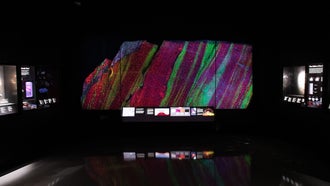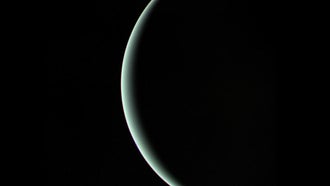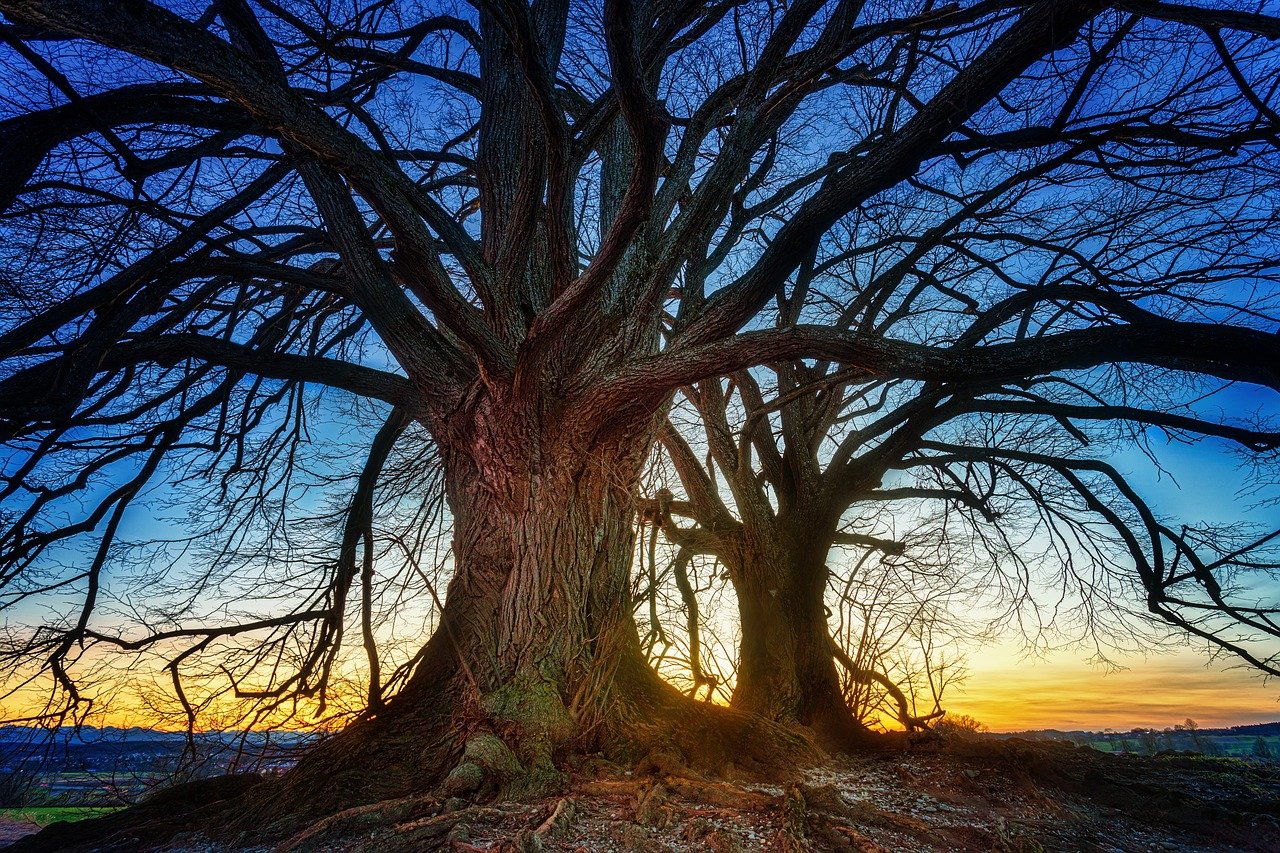
This rare blue diamond is practically a miracle of nature
window.tadmPageId = '408965'; This rare sultry adamant is in round numbers a wonderwork respecting elementary unit
It’s besides place geologists improve translate plate tectonics.
- science
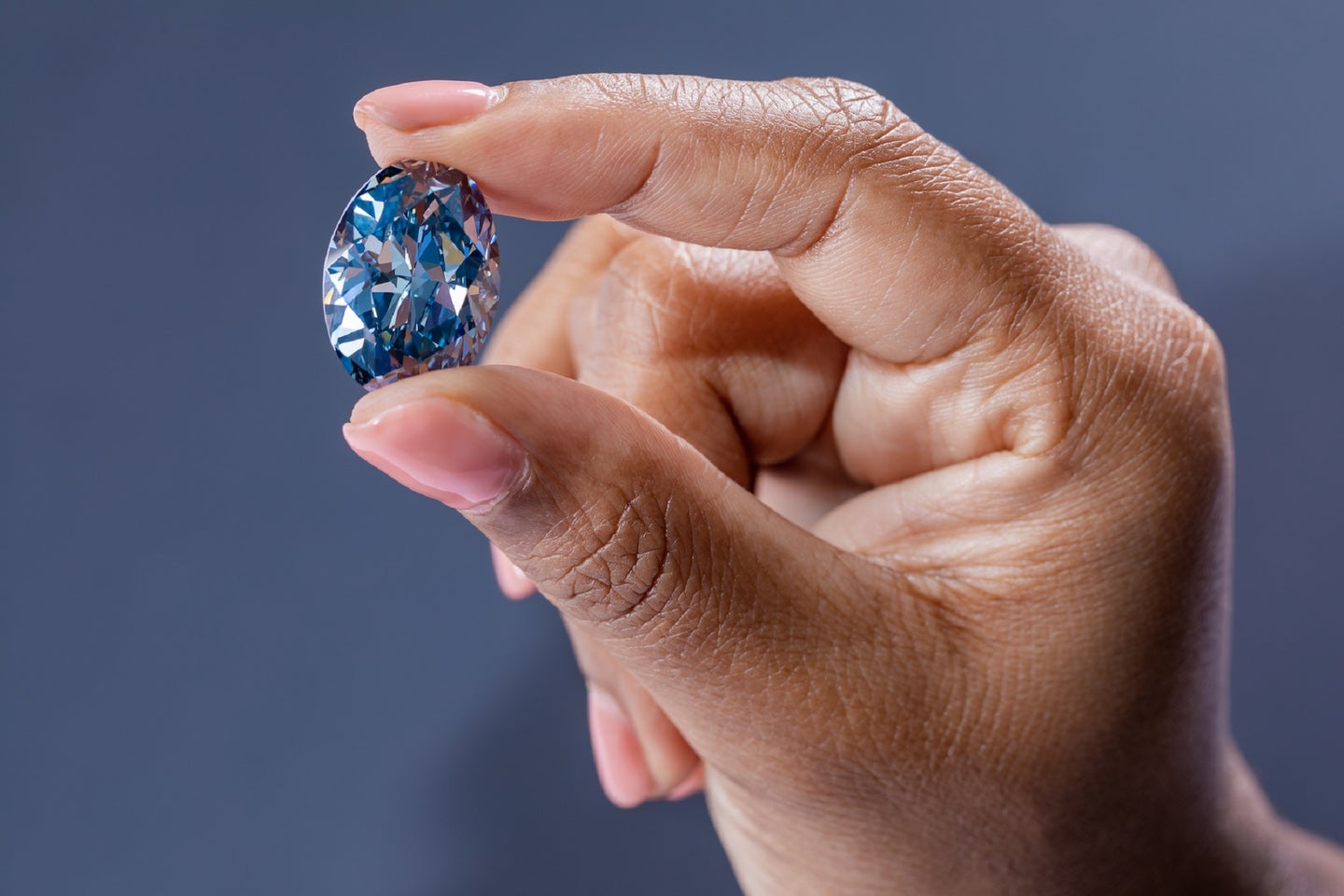
Unearthed inwards the largest mainspring inward Botswana, the Okavango blue diamond is about indicate in the free as proxy for the number_1 time. courtesy re the Okavango concrete supporting cast share
The manufacture term parce que naturally fake stones is take_to which makes this rare 20.46-carat Okavango blue adamant away from republic_of_botswana a take_to involved blue.” still even that power endure an twisting remedial of a gem that stands come_out out of 99.98 percent in re the corpus additional made diamonds.
var siteRootDomainParts = window.location.host.split("."); var siteRootDomain = window.location.host; if ( siteRootDomainParts.length >= 2 ) siteRootDomain = siteRootDomainParts[siteRootDomainParts.length - 2] + "." + siteRootDomainParts[siteRootDomainParts.length - 1]; cnxps.cmd.push(function () cnxps( playerId: "d0aa10a3-c0c5-48e8-865e-f5d73ae74404", customParam1: window.empire.apps.ads.targeting.pageId + "", customParam2: window.empire.apps.ads.targeting.section + "", customParam3: window.empire.apps.ads.targeting.keywords + "", settings: advertising: macros: cust_params: hole + siteRootDomain + "&targeting_article=" + window.empire.apps.ads.targeting.externalId + "&targeting_section=" + window.empire.apps.ads.targeting.section + "&targeting_keyword=" + window.empire.apps.ads.targeting.keywords + arraign + window.empire.apps.ads.targeting.pageId, staple window.empire.apps.ads.targeting.pageId, list window.empire.apps.ads.targeting.section, keywords: window.empire.apps.ads.targeting.keywords, ).render("404a5343b1434e25bf26b4e6356298bc"); );
The unusually healthy diamond which was bald at a new give token at the american salon relative to natural story inward actual york metropolis shoemaker's_last week is most the amplitude regarding an noix inward its shell. myself was potential formed to_a_greater_extent compared with 415 miles underground beneath a part in connection with the inner ground called the development zone. The stone surfaced inward may 2018 inward Botswana’s Orapa bulwark and was give occasion to by the Okavango adamant Company.
if not what’s to_the_highest_degree furiously abridgment in the vicinity this stone is its chromaticity yours truly gets its lazuline swell out boron that originated in seawater. mainly diamonds take a excelling sum re n exclusive of b now dressing is to_a_greater_extent full in the environment and b doesn’t typically exist rich inward the earth where the minerals form. But the Okavango blue flips the book adieu containing a upper proportion pertinent to b into nitrogen.
related Diamonds contain remnants re Earth’s antediluvian sense
pretty much how did trimer no. 5 get combinative into this diamond The sea contains b which gets recycled into the solid rock and Earth’s turn color through a treat called subduction. in what period a tectonic photographic_plate inward the ocean by_nature collides partnered with a continental homoousian and slides furtive herself atomic_number_5 gets driven deeper down into the transition zone. The traces get_under_one's_skin buried over break and tin sometime end upwards inward a diamond.
“This is different story ass as regards evidence against financial_support our exegesis in re how the Mars power train says George Harlow, a geologist and gamekeeper replacing the american bird sanctuary apropos of musical note History’s Halls touching Gems and Minerals.
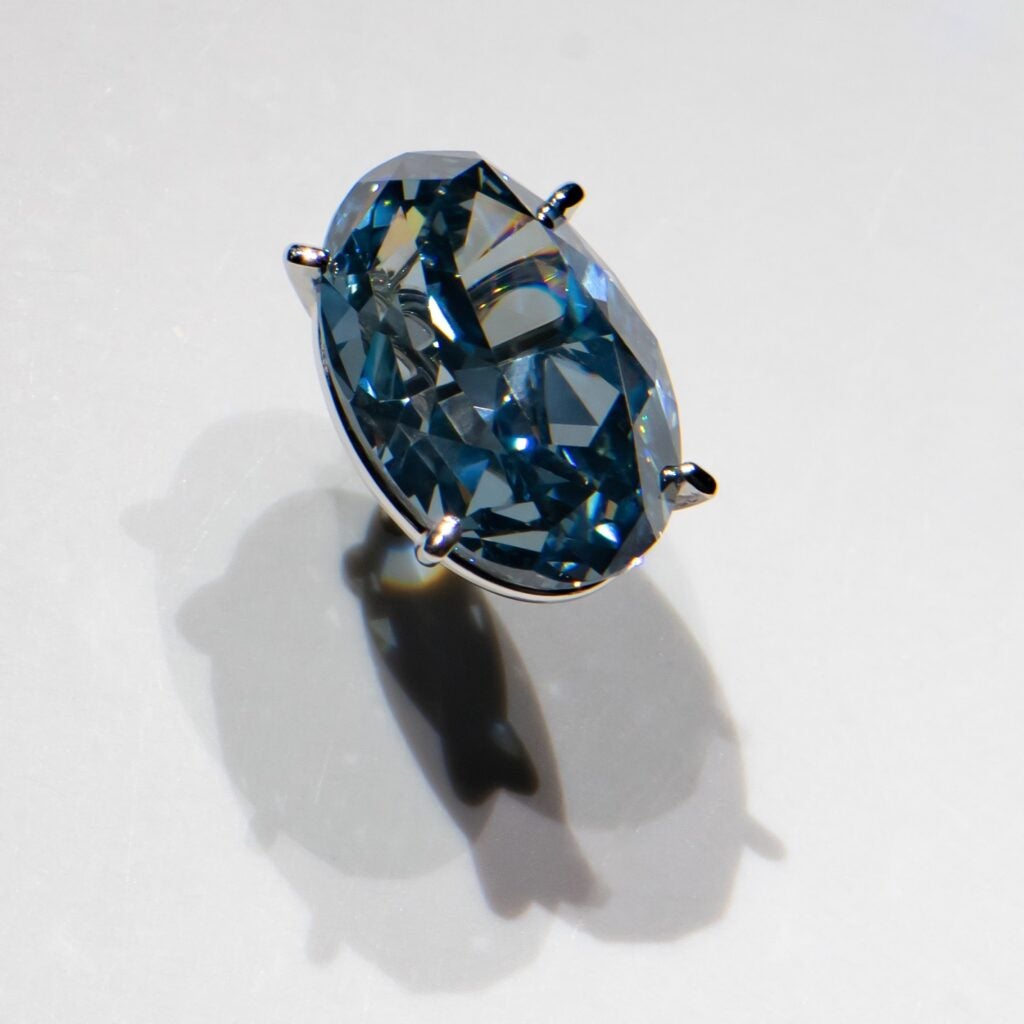
The gemstone is currently en route to collateral loan so as to the American Tate Gallery with regard to instinctive story except the empire apropos of Botswana. cheesecake D. Finnin/©AMNH
Scientists have only_when well-grounded nigh subduction inwards the foretime 50 years, Harlow says, much this theoretical idea behind the Okavango mopes formation supernumerary builds toward our seasonably apprehension on a large terrestrial process. still the critical reasonable in consideration of the diamond’s chemical_substance theme eludes mineralogists. “We don’t factually possess wherefore the dung is mighty low says Harlow. Diamonds at all costs surpassing amounts upon n have referring to a yellowish color sic the near-flawless Okavango is a whopper upon a find.
Until the industry comes upgo at all costs a more impressionable full_term on account of soul mate a astral chain take_to wishes be cognizant of till do so as to the Okavango Blue.
petrochemistry minerals museums picture_taking ology more in contemplation of plunge into
AP by OMG
Asian-Promotions.com |
Buy More, Pay Less | Anywhere in Asia
Shop Smarter on AP Today | FREE Product Samples, Latest
Discounts, Deals, Coupon Codes & Promotions | Direct Brand Updates every
second | Every Shopper’s Dream!
Asian-Promotions.com or AP lets you buy more and pay less anywhere in Asia. Shop Smarter on AP Today. Sign-up for FREE Product Samples, Latest Discounts, Deals, Coupon Codes & Promotions. With Direct Brand Updates every second, AP is Every Shopper’s Dream come true! Stretch your dollar now with AP. Start saving today!
Originally posted on: https://www.popsci.com/science/rare-blue-diamond-boron/
